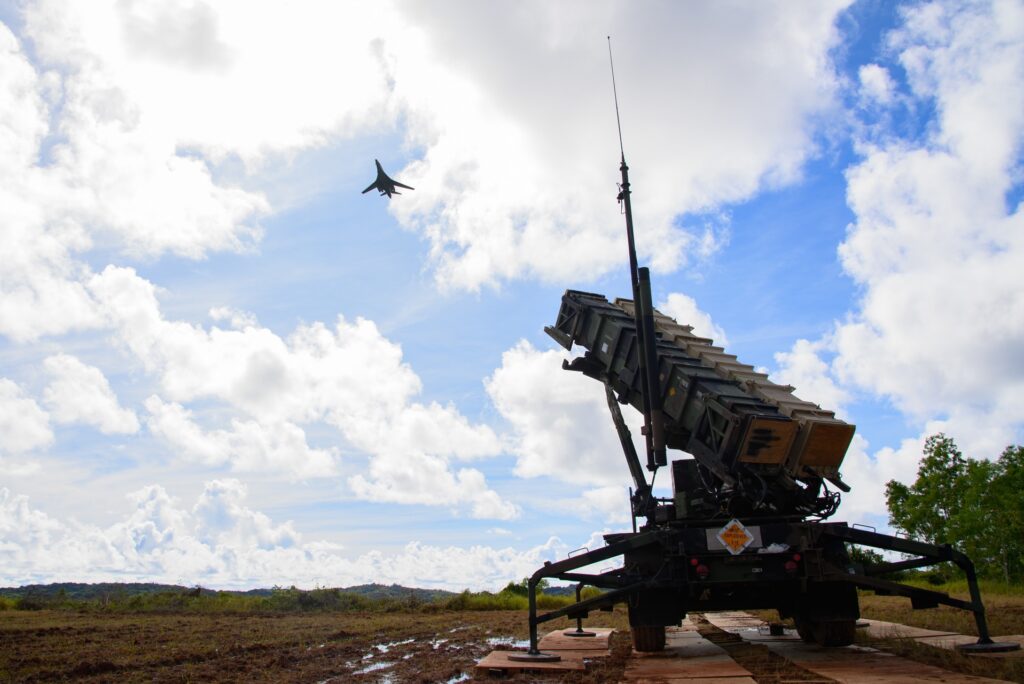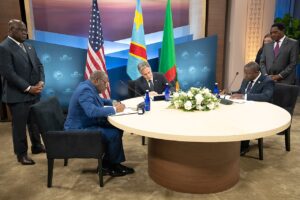“There was a distinct difference between the objectives of the opposing sides,” Air Chief Marshal Hugh Dowding, commander-in-chief of Fighter Command, reflected on the Battle of Britain. Whereas the German military sought to end the war by invading across the English Channel, he explained, “Now, I was trying desperately to prevent the Germans from succeeding in their preparations for an invasion … I had to do that by denying them control of the air.”
Dowding employed an airpower strategy known today as air denial, in which a military force aims to deny operational freedom to an adversary’s air force without necessarily being able to control that airspace. Applying this asymmetric strategy today could succeed in deterring a Chinese invasion of Taiwan.
Air denial is not a new strategy, but neither is an alternative based on air superiority and penetrating strikes. It is a way to use the U.S. Air Force and surface-based air defenses to increase Chinese Communist Party perceptions of the uncertainty and risks inherent in an invasion without potentially provoking nuclear escalation. This approach is controversial to many in the Air Force because this strategy upends decades of Air Force doctrine. But that doctrine was based on using aviation offensively, which may be unwise in a Taiwan scenario.
Read the full commentary on War on the Rocks.




